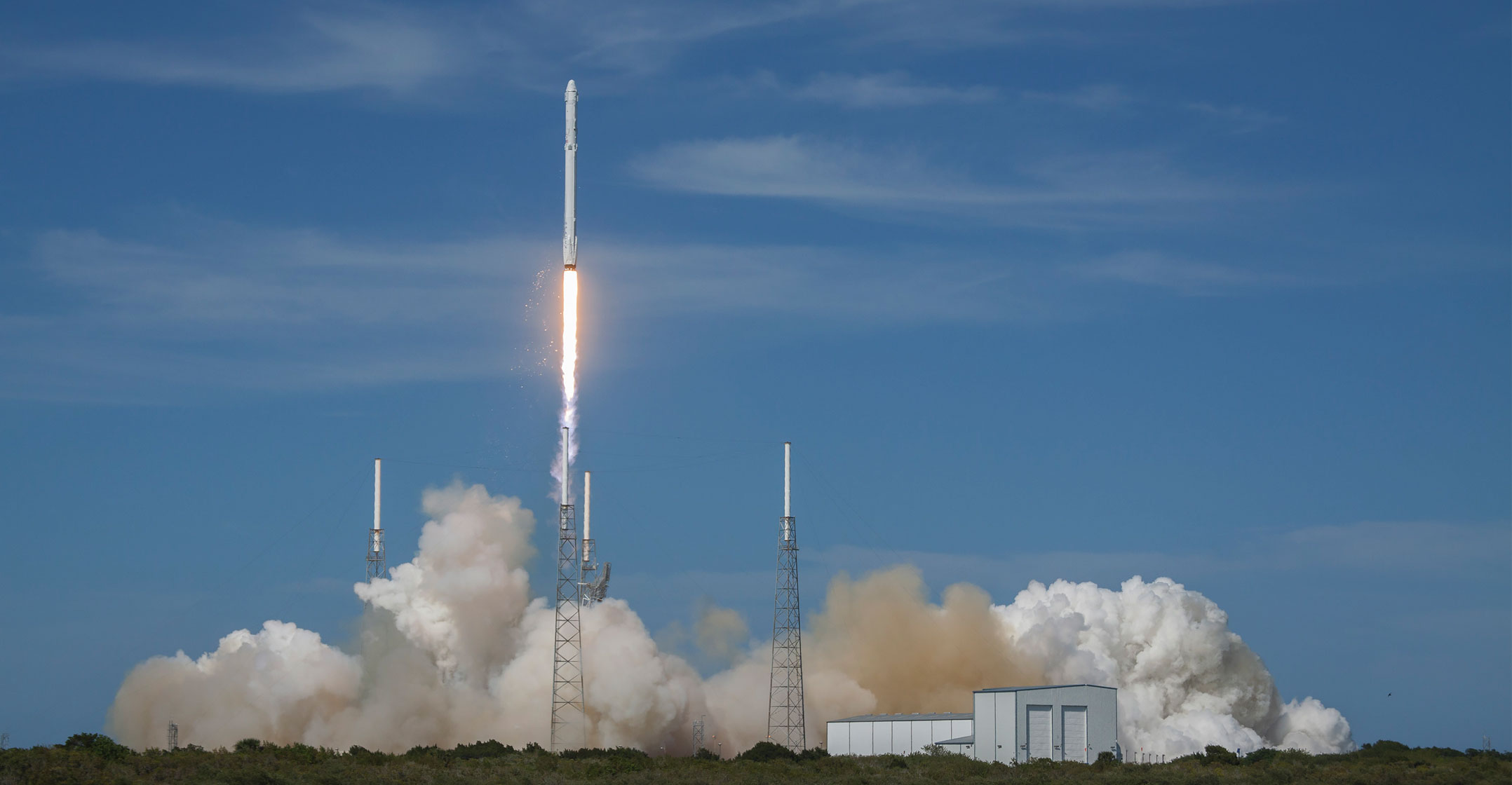
Elon Musk’s SpaceX launched a Falcon 9 rocket carrying a customer payload plus its own broadband demonstration satellites in the company’s first mission since millions tuned in earlier this month for its Falcon Heavy debut.
The Thursday launch from Vandenberg Air Force Base on California’s central coast carried a radar-imaging satellite for Spain’s Hisdesat Servicios Estrategicos. The PAZ satellite will orbit the planet 15 times a day and collect information — including ship tracking and weather data — for government and commercial customers.
The rocket also carried a pair of SpaceX’s own broadband satellites as a secondary payload. Microsat-2a and -2b are the first prototypes for the company’s planned constellation of satellites — dubbed Starlink — intended to offer broadband Internet around the world.
“If successful, Starlink constellation will serve least served,” Musk said in a Tweet on Wednesday.
SpaceX’s fourth launch in what is expected to be a record year took off from the California pad at around 6.17am local time. SpaceX is targeting roughly 30 total launches this year, including flying its new Falcon Heavy rocket again in June.
The PAZ satellite appeared to deploy successfully during SpaceX’s webcast.
Watch the launch in full:
The company didn’t attempt to recover the rocket’s first stage, which flew previously in an August mission. SpaceX did try to catch the fairing, or nose cone, using netting on a ship, but it “missed by a few hundred meters”, Musk said in a Tweet.
“Fairing landed intact in water,” he said. “Should be able catch it with slightly bigger chutes to slow down descent.” — Reported by Dana Hull, (c) 2018 Bloomberg LP




